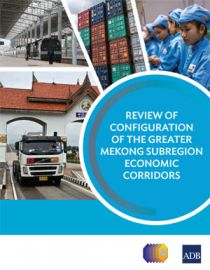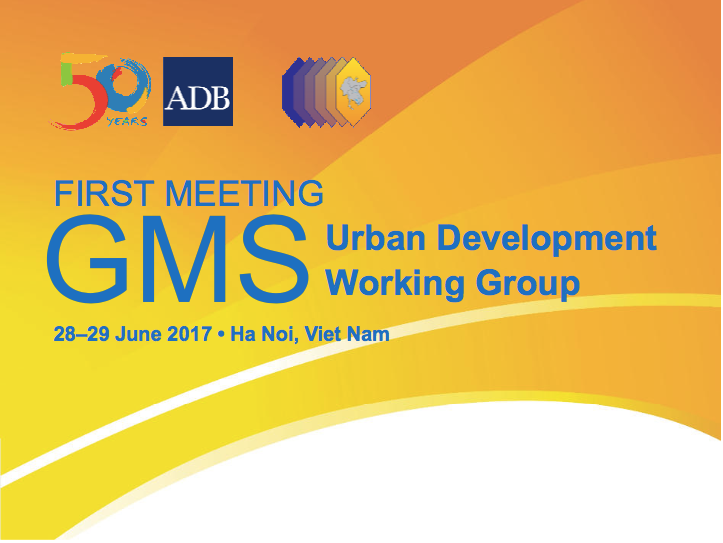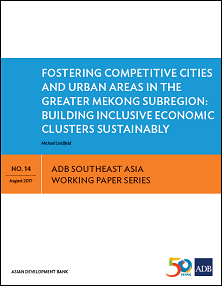2nd Meeting of the GMS Urban Development Working Group
This is the summary of proceedings of the 2nd Meeting of the Greater Mekong Subregion Urban Development Working Group held in Manila, Philippines from 4–5 July 2018.
This is the summary of proceedings of the 2nd Meeting of the Greater Mekong Subregion Urban Development Working Group held in Manila, Philippines from 4–5 July 2018.
Countries in the Greater Mekong Subregion recognize how a health impact assessment framework can help ensure that both businesses and communities benefit from economic zone development.
The Lao People’s Democratic Republic can maximize the potential benefits from the Greater Mekong Subregion’s economic corridors through its national policies, capacities, and implementation arrangements.

This review recommends possible extension and/or realignment of economic corridors to enhance their effectiveness and efficiency in advancing economic integration in the Greater Mekong Subregion.
HONG KONG, CHINA (2 February 2018) — The Asian Development Bank today signed a $100 million loan facility agreement with China Everbright International Limited to help a series of municipal waste-to-energy plants in primary and secondary cities in the Mekong Delta.
Thailand is ramping up infrastructure investments next year in the Eastern Economic Corridor, where all the economic corridors of the Greater Mekong Subregion converge.
Mekong governments need to create an enabling environment for public-private partnerships in infrastructure. Here are 4 ways to get the job done.
The Lao People’s Democratic Republic is operating its first dry port in Savannakhet province, where it is strategically positioned along the Greater Mekong Subregion East-West Economic Corridor, at the mid-point between the nearest Vietnamese seaport of Danang, and Thai ports in Bangkok and Laem Chabang.

This is the summary of proceedings of the First Meeting of the Greater Mekong Subregion Urban Development Working Group held in Ha Noi, Viet Nam from 28 to 29 June 2017.

This discussion paper focuses on the urban aspects of Greater Mekong Subregion corridor development and what will be needed to bolster the competitiveness of the region.